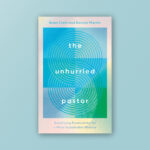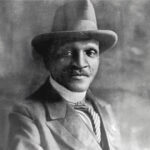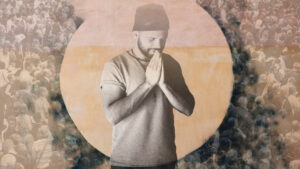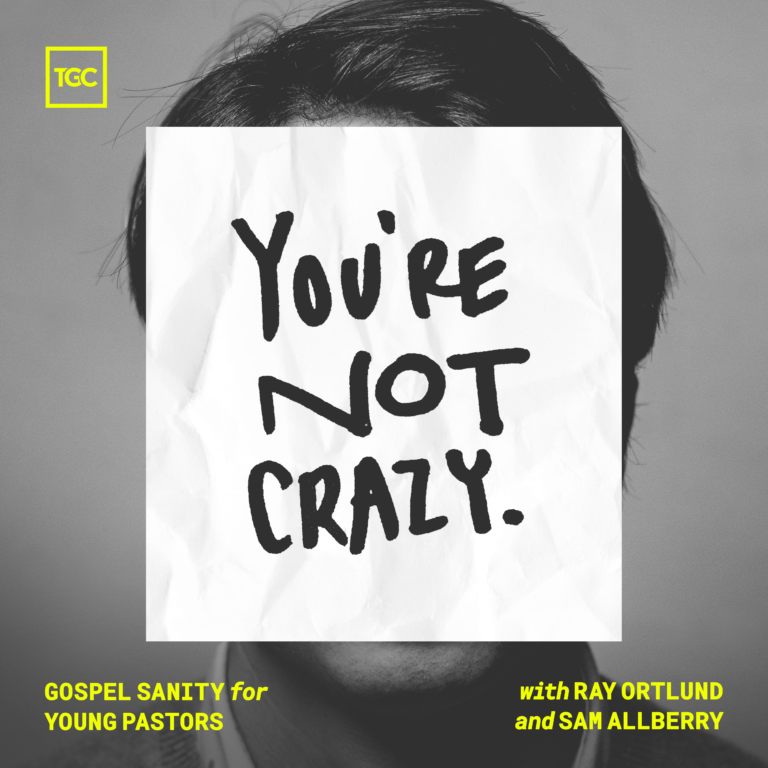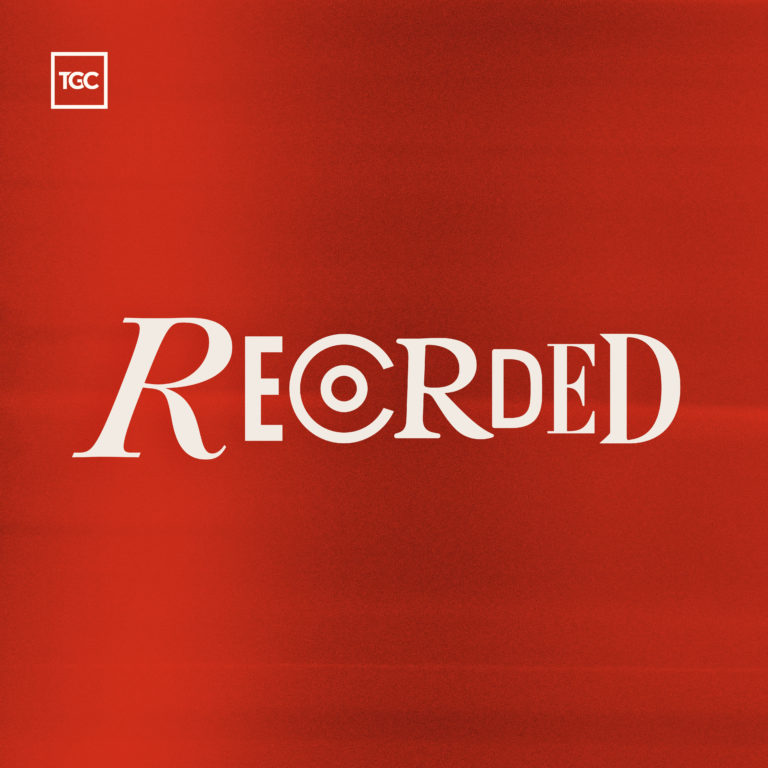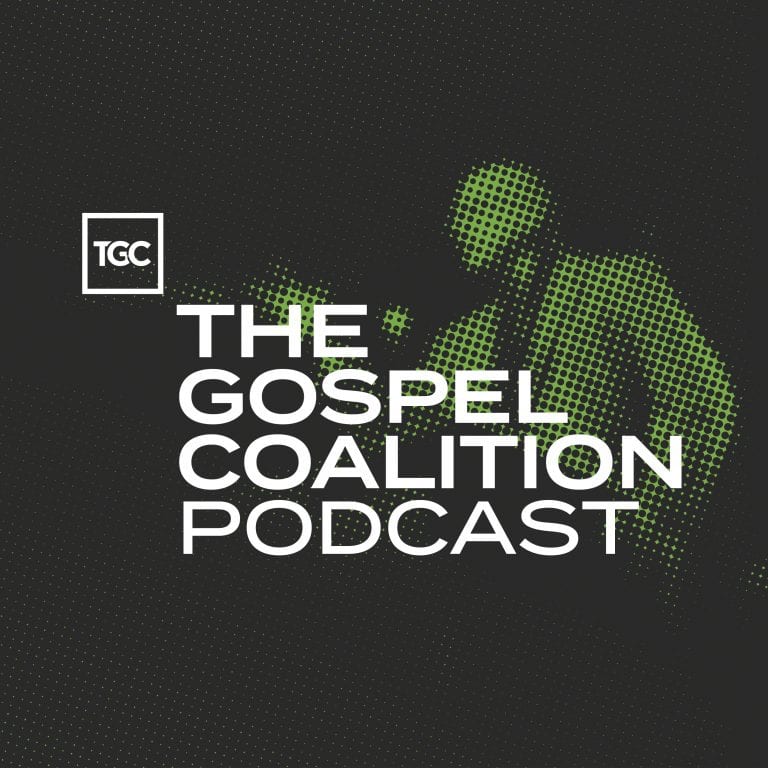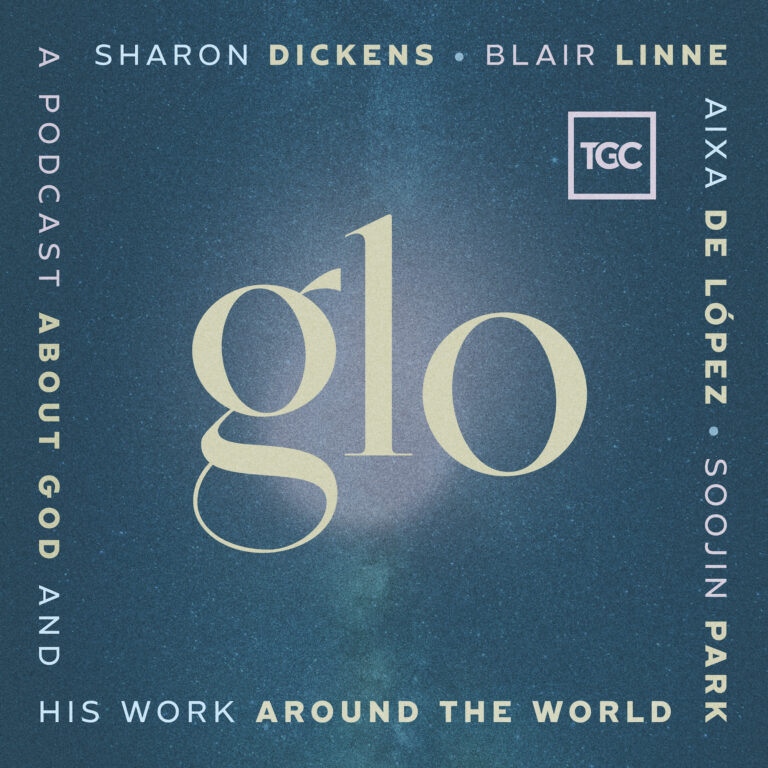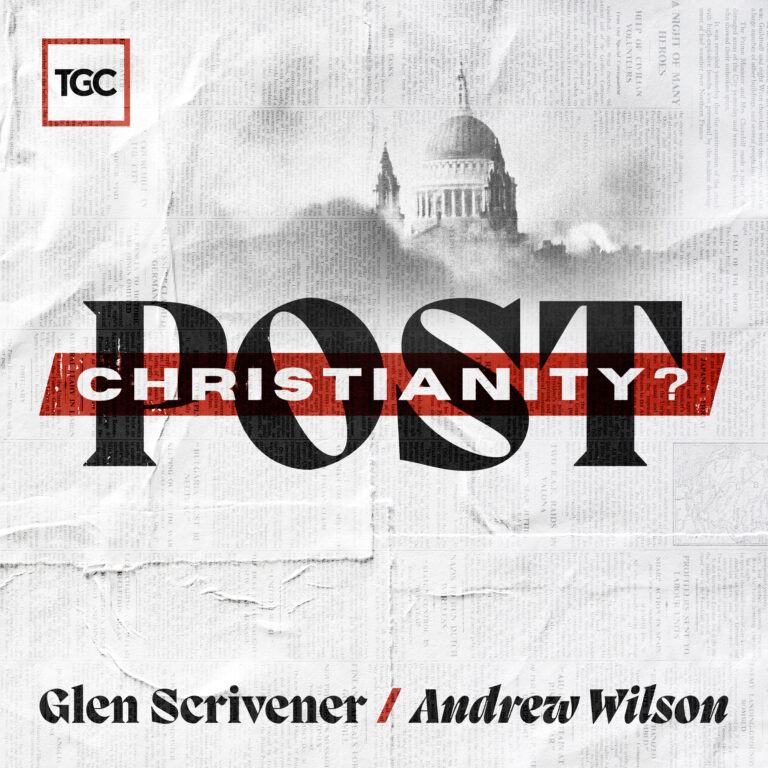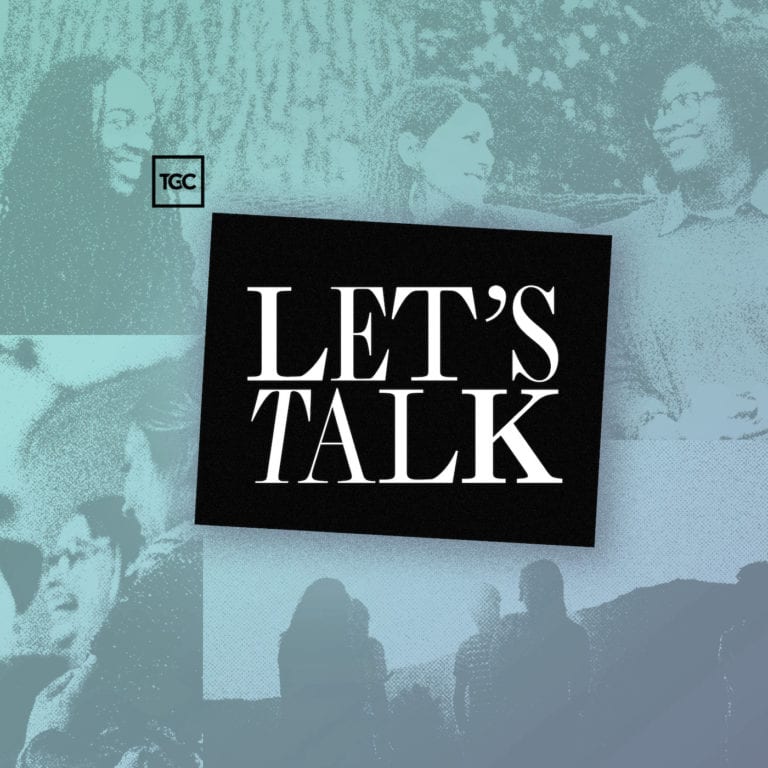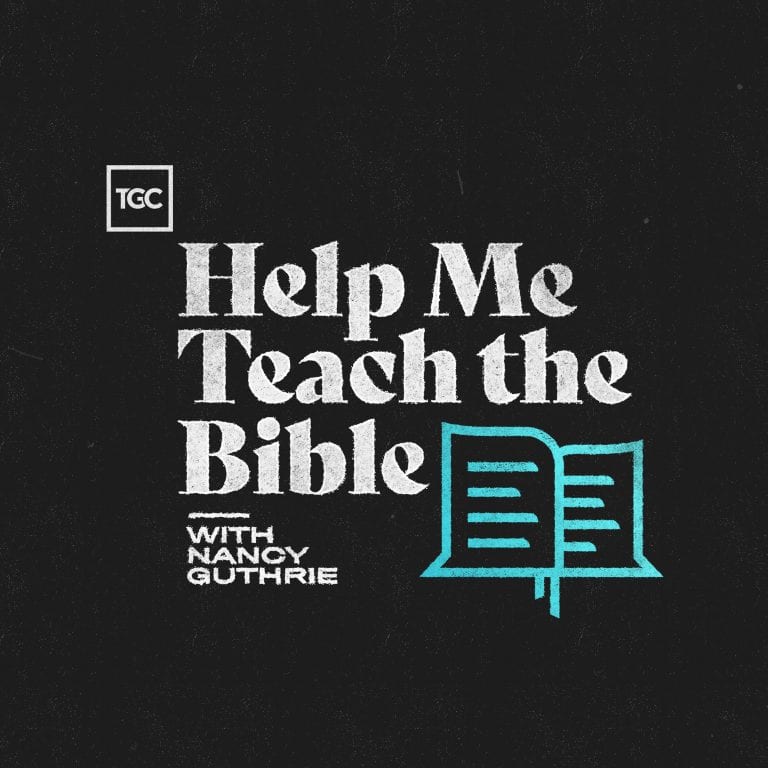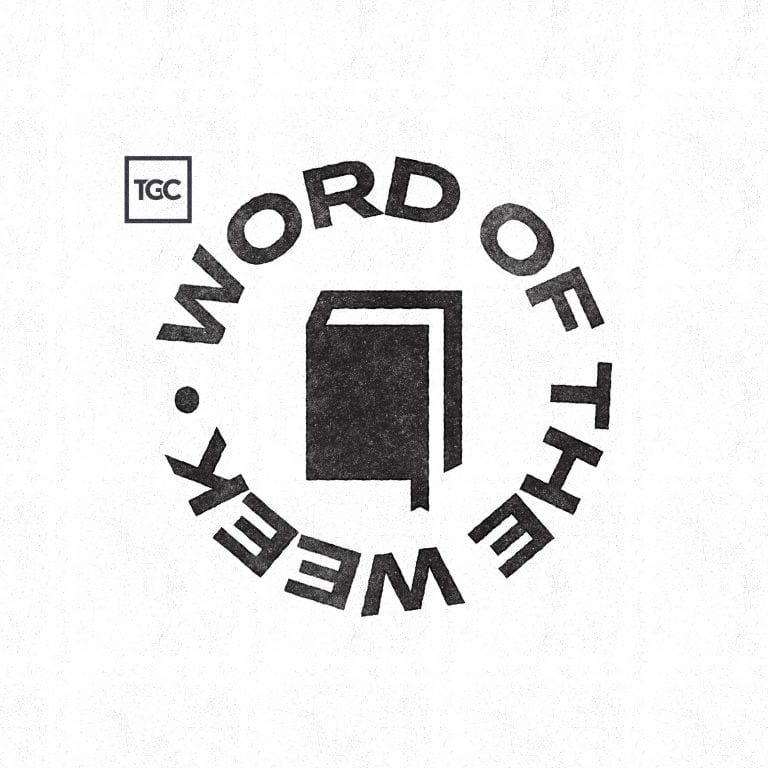In my second year of seminary, I began the first of two semesters of church history. I quickly realized I was learning a story of God’s people, but not the entire story of God’s people. Writing history textbooks is hard because the authors have to survey a broad topic concisely. Yet it stuck out to me that accounts of nonmajority Western and global Christians were often absent. As an African American, my family’s story was missing.
I’m delighted to see a significant effort to fix that problem with a two-volume work on black Christianity. In one volume, Swing Low: A History of Black Christianity in the United States, Walter Strickland—assistant professor of systematic and contextual theology at Southeastern Baptist Theological Seminary—narrates a history often left in the margins. Then, in a companion volume, Swing Low: An Anthology of Black Christianity in the United States, he and a team of editors anthologize lesser-read saints from the past telling their stories.
Strickland’s basic contention is that Christianity’s global history includes those “from every nation, from all tribes and peoples and languages, standing before the throne and before the Lamb” (Rev. 7:9). His goal is to give a glimpse of that future assembly as he “highlights the beauty of the African American contribution to the universal Christian story, of which Jesus Christ is at the center” (2). The result is a powerful tribute to God’s faithfulness across generations that can encourage every believer.
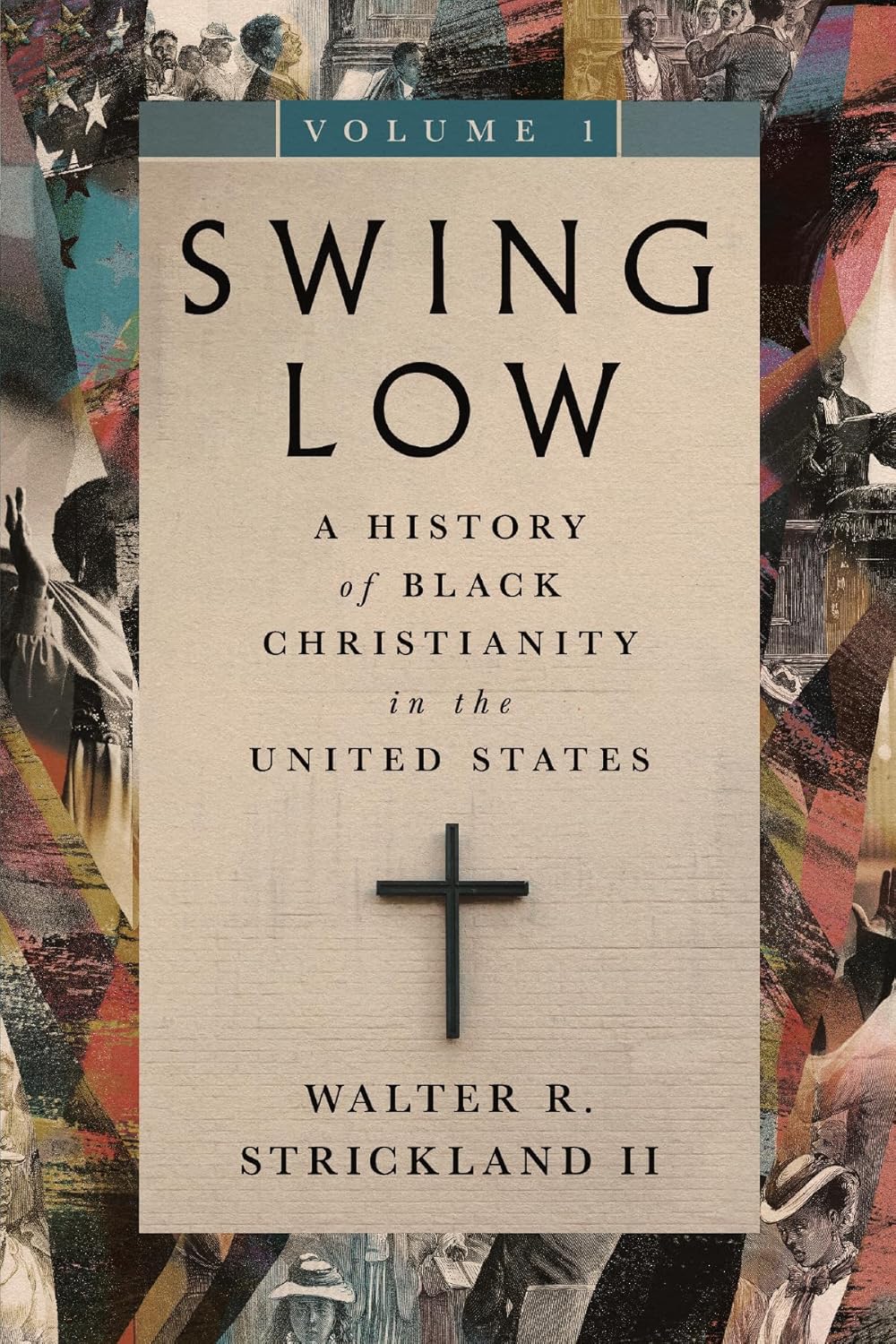
Swing Low: A History of Black Christianity in the United States
Walter R. Strickland II
Swing Low: A History of Black Christianity in the United States
Walter R. Strickland II
The history of African American Christianity is one of the determined faith of a people driven to pursue spiritual and social uplift for themselves and others to God’s glory. Yet stories of faithful Black Christians have often been forgotten or minimized. The dynamic witness of the Black church in the United States is an essential part of Christian history that must be heard and dependably retold. In this groundbreaking two-volume work, Walter R. Strickland II does just that through a theological-intellectual history highlighting the ways theology has formed and motivated Black Christianity across the centuries.
Part of a Bigger Story
The Christian story is always about the good news of Jesus, and the black Christian story is no different. Thus, these volumes focus on ways black Christians have “displayed how the gospel of Jesus Christ redeems sinners and restores them to walk faithfully within their cultural and historical context” (2). Black church history isn’t a separate but equal history. It’s an essential chapter of God’s grand plan for his people. Black Christianity isn’t a sidebar of American Protestantism and evangelical movements. It’s an essential cord in the tapestry of Christianity in the United States.
Theology is the glue that holds Christian history together across generations and cultures. It’s therefore no surprise that Strickland uses a theological framework to connect his history of black Christianity to the rest of the church’s story. In this, his approach differs significantly from historical projects that focus on denominational distinctives, African origins, or political protest as thematic distinctives for black Christianity.
Black Christianity isn’t a sidebar of American Protestantism and evangelical movements. It’s an essential cord in the tapestry of Christianity in the United States.
The theological distinctives that arise from black Christianity emphasize some unique experiences of that subset of the universal church. Strickland outlines five “Anchors” that characterize the black Christian tradition: Big God, Jesus, Conversion and Walking in the Spirit, the Good Book, and Deliverance. Significantly, he notes, “theological reflection on the Anchors does not conclude with abstract concepts but with a living witness to biblical teaching.” He argues that “for Blacks, Christianity is a practiced faith, so the Anchors have not achieved their purpose until they guide activity in both public and private life” (8). For black Christians, orthodoxy must emerge with consistent orthopraxy.
Story of Deliverance
The theme of liberation often sidetracks black religious histories because of how the theme has been radicalized in some circles. In the 20th century, some black theologians began theological discourse tracing the liberation narrative with the hope of addressing black social realities and prevalent injustices. The result was black liberation theology.
Such theologies arose because “some notable Black clergy and scholars alike expressed concern that popular Christian theology was incapable of addressing the struggles of being Black in America.” Subsequently, these leaders “intentionally departed from White doctrine” to pursue a theology focused less on doctrinal issues and more on “engagement with the Christian life” (206). Instead, Strickland prefers the language of “deliverance” to communicate God’s liberative work in his plan of redemption.
Especially in academic contexts, analysis of liberation theologies tends to monopolize the story of black Christianity. Strickland counters that tendency by proving that “the roots of African American Christianity are unmistakably evangelical, and orthodox doctrine has flourished outside White evangelical denominations and institutions” (205).
Strickland necessarily concludes the first volume by carefully explaining black theology’s rise and growth. It’s an important part of the story. However, he spends the bulk of the history emphasizing themes that will resonate with any orthodox Christian like God’s providence, the authority of Scripture, and the necessity of conversion. Meanwhile, he introduces readers to efforts by black evangelicals to resist theological drift through rich, doctrinal preaching and teaching.
Hearing Missing Voices
Liberationist retellings have so thoroughly dominated the discourse surrounding black Christianity that it may be difficult for some to accept Strickland’s retelling of that history as a largely orthodox endeavor. That’s why the second volume of Swing Low is incredibly valuable. It anthologizes key contributions of black Christians, most of whom share much more with orthodox Christianity than liberationists and who have been or forgotten or wrongly omitted from mainstream Christian history.
Black Christianity isn’t a sidebar of American Protestantism and evangelical movements.
Some of these voices, like Phillis Wheatley and Frederick Douglass, will be familiar. But others, like William Bentley and George Kelsey, will be new to many readers. Additionally, the volume includes contributions from recent black evangelicalism, an often undocumented tradition. Many voices collected in this book effectively promoted Christianity during tumultuous moments of American life. As a reflection of the place of hymnody within the black church tradition, the editors also include selections that range from spirituals to Christian hip-hop. Most examples sound the same theological notes you’d hear from any orthodox Christian, though they play them to the rhythms of the black experience.
These two volumes offer an invitation to sit on the front porch and hear what God has done. For many readers, they open unfamiliar territory for exploration. Swing Low fills a void in American church history by giving voice to hidden figures as it proves the value of black Christian witness.








